
views
- Choose a socket that’s the same size as the nut or bolt. Push the socket onto the square end of the wrench so it clicks into place.
- Set the wrench’s lever to set the ratchet direction. Put it to the left if you’re tightening the fastener or to the right if you’re loosening it.
- Fit the socket over the nut and turn the handle clockwise to tighten or counterclockwise to loosen the fastener.
- Keep the socket on the nut or bolt, and move the wrench handle back to the starting position. It will not move the fastener.
Pick a wrench based on the fastener size.
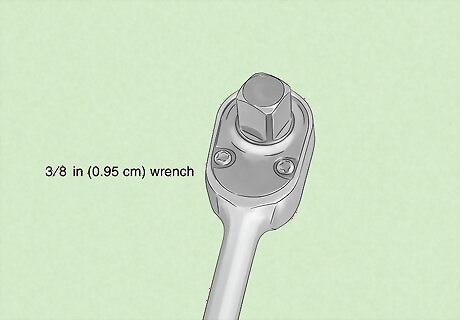
A ⁄8 in (0.95 cm) wrench works best for most repairs. ⁄8 in (0.95 cm) wrench has the widest range of sockets and works for most standard sizes of nuts and bolts. If you need a smaller socket for more precision, like if you need to tighten a vehicle drive belt, opt for a ⁄4 in (0.64 cm) wrench instead. For large fasteners on heavy machinery, use a ⁄2 in (1.3 cm) wrench. The wrench size is determined by the size of the “drive,” which is the square-shaped knob at the end. The drive size is also the smallest socket that will fit onto the wrench. If you need to tighten lug nuts on a vehicle, use a torque wrench instead so you don’t overtighten them.
Choose a socket matching the nut or bolt size.
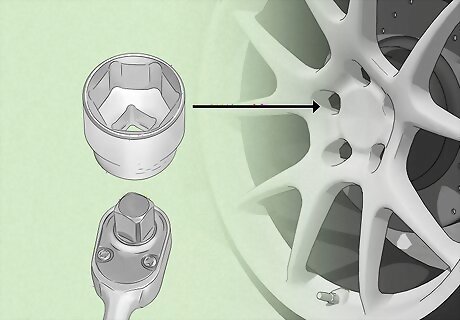
Picking a socket that’s too large could strip the nut or bolt. If you already know the size of the nut or bolt you need to remove, then just choose the socket that’s exactly the same size. Otherwise, try fitting a socket onto the nut. If the socket completely covers the nut and doesn’t wiggle around, then you have the correct size. Use a deeper socket if the nut or bolt is in a hard-to-reach spot. Otherwise, a shallow socket will work just fine. Ratchets come with multiple sockets either in standard (SAE) or metric sizes. If you don’t have the right size, get another socket set that has a wider range.
Push the socket onto the end of the wrench.
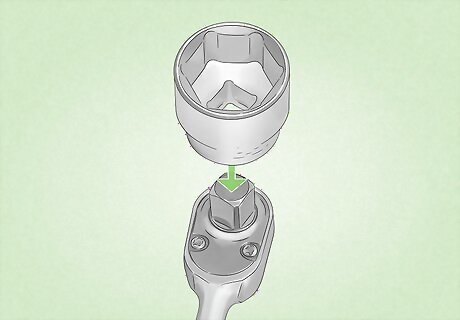
Sockets simply snap onto the wrench so they’re easy to change. Line up the square hole on the back of the socket with the drive on the end of the wrench. Push the socket onto the wrench until you hear it click and lock into place. If you’re trying to access a nut or bolt that’s difficult to reach, put a socket wrench extension on first. Then attach the socket to the extension.
Flip the wrench’s lever to choose the turning direction.
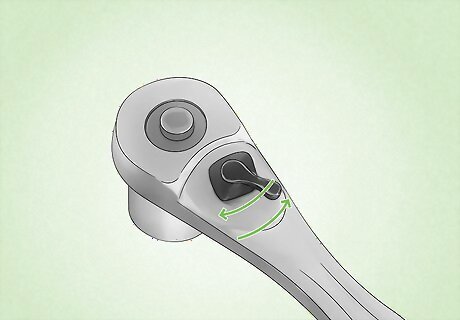
The lever on the back of the wrench sets the wrench to tighten or loosen. Look for a lever or knob near where you attached the socket. If you need to tighten the nut or bolt, set the lever or knob to the left side. If you need to loosen the fastener instead, set the lever to the right. Socket wrenches have a ratcheting mechanism inside the drive that only allows the socket to turn in one direction. If you try turning it in the other direction, it will stay in place so it doesn’t re-tighten or re-loosen the fastener. Test the wrench’s turning direction by holding onto the socket with one hand. Try to spin the handle in each direction. If the handle moves clockwise, then it’s set to tighten. If it moves counter-clockwise, then it’s set to loosen.
Turn the wrench to tighten or loosen the fastener.
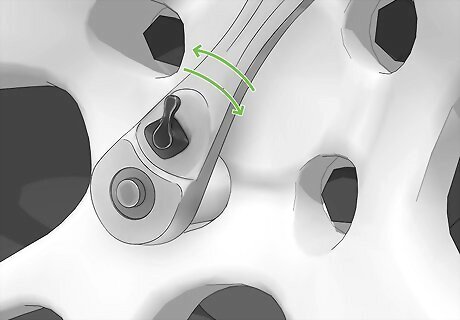
Rotate the fastener to the right to tighten and to the left to loosen. Slide the socket onto the nut or bolt. Turn the handle as far as you can to either tighten or loosen the nut. When you can’t move the handle any further, leave the socket on the fastener and move the handle back to where it started. Keep turning the handle until the fastener is completely tight or loose enough to remove. The wrench handle will click when you return it to the starting position, but that’s normal. The ratcheting mechanism inside is moving so you don’t turn the nut or bolt in the wrong direction. Since you don’t need to lift and reposition it each time, a socket wrench allows you to tighten or loosen nuts and bolts faster than a standard wrench.
Remove the socket by pressing the wrench’s button.

The button releases the catch holding the socket in place. Press the large button down on the back of the wrench and gently pull the socket straight down. Put the socket back in its container so it doesn’t get lost or damaged.













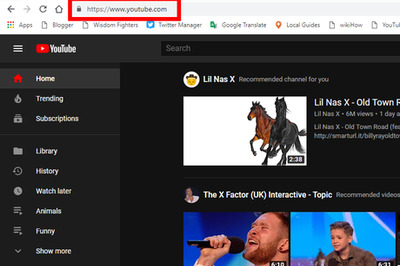

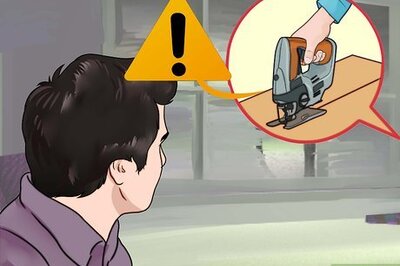

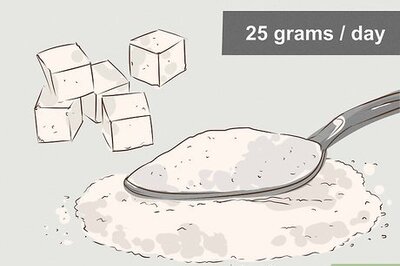
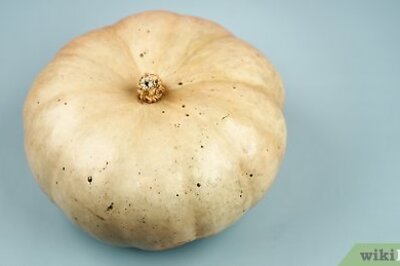

Comments
0 comment